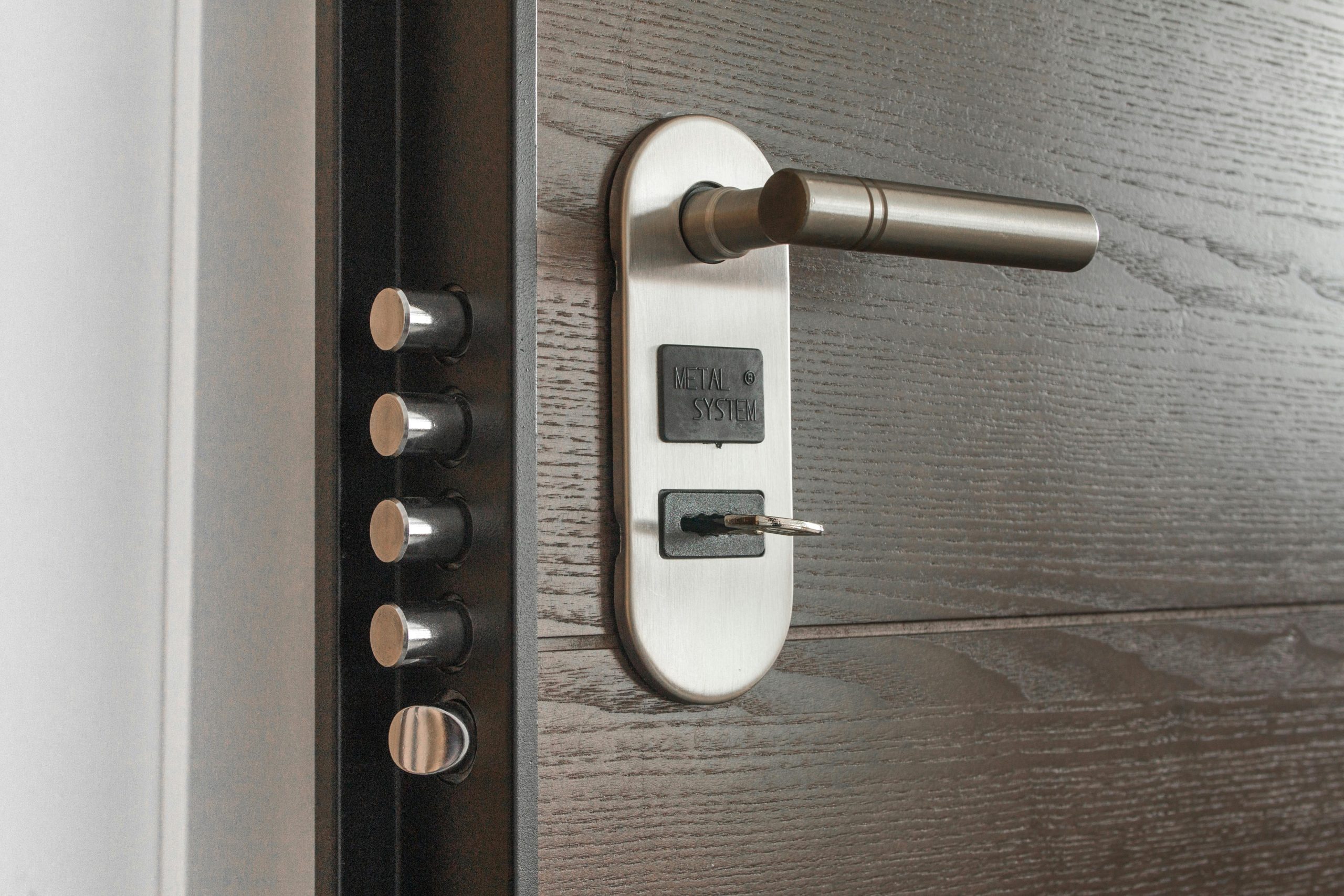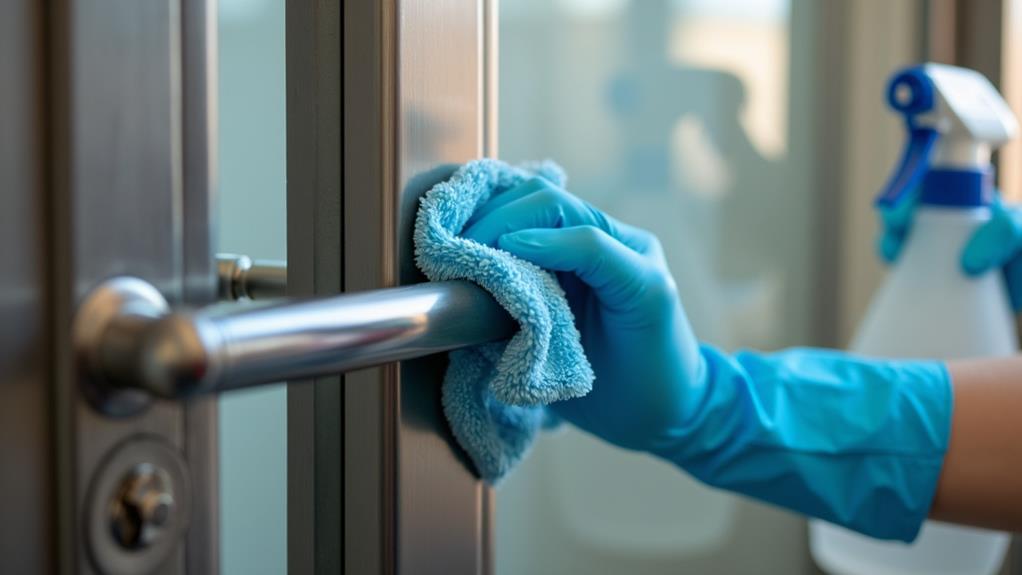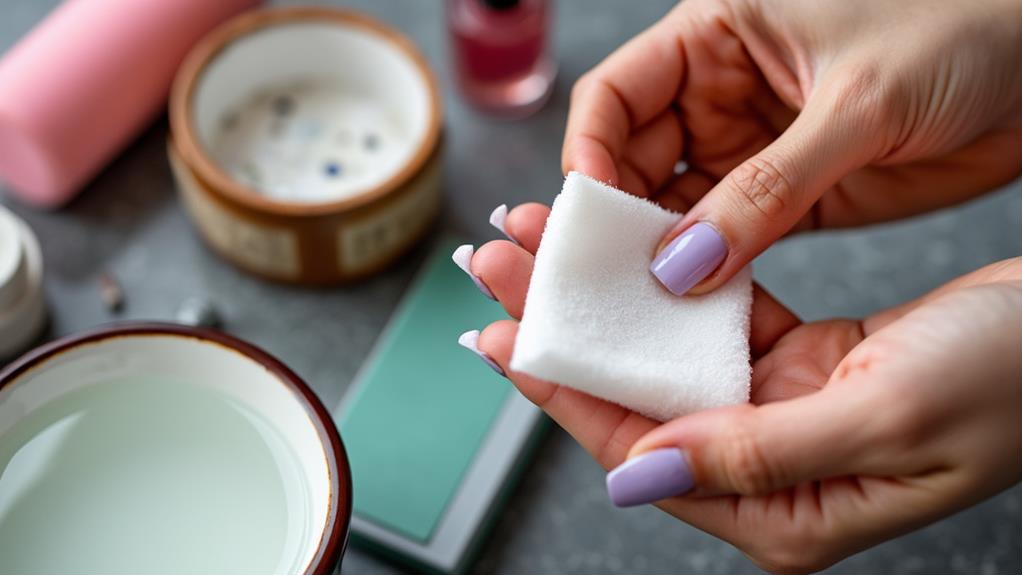How to Change a Door Lock Cylinder

A strong lock serves as your primary defence against intruders. If you have a reliable one, you can rest assured your home is safe.
However, knowing how to swap out the lock’s cylinder is quite useful, whether you misplace your keys or want to improve your security system.
Let's check out the process below.
1. Remove the Old Door Lock Cylinder
The first step is to detach the current cylinder. Start by checking the edge of the door where the lock mechanism is installed, and look for the retaining screw. It is often directly above or below the cylinder to secure it in place.
Once located, use a flathead screwdriver in a counterclockwise motion to carefully unscrew it.
Next, insert the key into the lock and turn it to align the internal pins correctly for removal, which is about a quarter of the way. Gently grasp the lock cylinder and pull it out of the door afterwards. Go slowly and try to avoid forcing it.
Once you remove it, inspect the old cylinder for any signs of damage, like rust or scratches. This allows you to choose a suitable replacement for the door lock cylinder.
For example, if you find clear rust on your cylinder, you should get one that’s more rust-resistant and adds a protective coating periodically.
Moreover, if it’s too worn out after a short period, it’s best to buy a more durable cylinder made of stronger metals.
2. Measure the Size
You should first measure the existing lock cylinder to ensure a proper fit for your new one.
Use a calliper to record the cylinder’s length from end to end. Next, determine the backset’s size. It refers to the distance from the door’s edge to the centre of the lock cylinder hole.
This measurement ensures that your new cylinder will align correctly with the door.
Moreover, take note of the diameter of the cylinder. The sizes usually range between 1 and 1.25 inches.
Accurately taking these measurements guarantees that the new lock cylinder will fit perfectly and provide optimal security. Otherwise, you could end up with a lock that doesn’t fit.
3. Choose Your New Cylinder
Buying a new lock cylinder is quite an important decision with many factors to put into consideration. Start by matching the measurements you took from the old cylinder to ensure compatibility with your door.
Second, evaluate the level of security you need. You should consider the material of the new cylinder. Brass and stainless steel are strong and can resist corrosion effectively. Zinc alloy, on the other hand, is cheaper, but less secure.
High-security cylinders often come with advanced features, such as lock pick resistance and various key designs.
The reason you need to choose wisely is because key types vary greatly. They range from standard keys that are easy to duplicate to restricted keys that provide increased security and control over duplication. There are also smart keys that offer reprogramming features.
In addition, check the number of keys you need. The less expensive brands only provide a key or two. However, more high-end options offer many more.
Moreover, the type of brand you choose affects your post-sales experience. Reputable brands usually provide a year of warranty and extensive customer support services.
Finally, pick a type that works best with your lifestyle. Single-cylinder locks are generally more convenient for residential use. Double-cylinder ones, also referred to as euro cylinder door locks, provide extra security on uPVC doors and those with glass panels.
By taking these factors into account, you can confidently choose a new cylinder that enhances your home’s security.
4. Insert the New One
Start by aligning the cylinder with the opening in the door. Verify that any notches or grooves on the cylinder are oriented correctly.
Next, gently push the cylinder into the hole, and make sure it fits properly without any use of force. Double-check that the cylinder matches the corresponding hole in the door if it doesn’t slide in easily.
After properly securing the cylinder, use the key to turn it slightly to engage the internal pins. This will hold it in place during installation.
Once the cylinder is positioned, reinsert the retaining screw. Tighten it securely via a screwdriver. Be careful not to over-tighten it, though, as this could damage the mechanism.
Finally, test the lock by inserting the key and turning it to ensure smooth functionality.
Lock Maintenance Tips
Just like any mechanical device, locks require regular attention to perform well. Our locks usually die out fast because we don’t take good care of them.
Fortunately, there are things you can do to reduce this issue. Check these maintenance tips to make sure your lock remains steadfast for years to come.
Clean the Keyhole Regularly
You have to do this periodically, as dust can impact the overall functionality of your lock.
Blast dust and dirt out of the keyhole with a can of compressed air. For tough gunk, clean it out by carefully putting in a cotton swab with some alcohol on it.
Lubricate Regularly
To keep your lock working well, you need to grease it up. Add some graphite lube or silicone spray right into the keyhole every couple of months. If your keys get stuck a lot, this step will solve this issue.
With less friction, the lock works better. Just don't use any oil-based products as dirt and dust will stick to them.
Check for Damage
You should inspect your lock often to see if it's worn out or broken. Look for any visible dents or cracks.
Also, make sure to test that the lock clicks into place and the key turns without a fight.
This routine check will help you catch any issues early and maintain the performance of your lock.
Protect Against Weather
Rain, snow, and extreme temperatures can affect lock performance. If it is exposed to these elements, consider using a protective cover.
Moreover, regularly check for rust or corrosion. If you spot any, clean the affected areas first, and then apply the coating.
Locksmith Services
While changing a door lock cylinder is a DIY for many homeowners, sometimes you find yourself in need of a little extra help.
You can sometimes have a misaligned door and cylinder or a locking mechanism that does not perform well. When that happens, it’s wise to consult a professional locksmith.
Conclusion About Changing a Door Lock Cylinder
Changing the cylinder on your door lock has a big impact on your home's security, although it can seem insignificant. Whether you’re a seasoned DIY or a newcomer to home improvement, this article offers you simple steps to guide you.
Once your home is perfectly secured, you will sleep soundly and safely.




